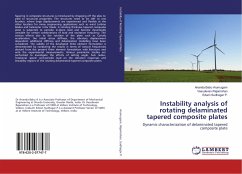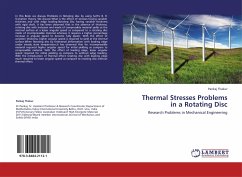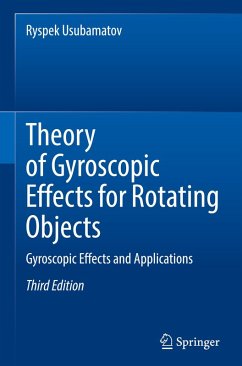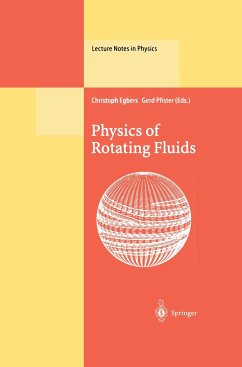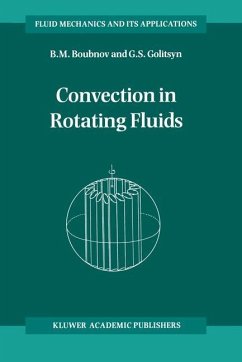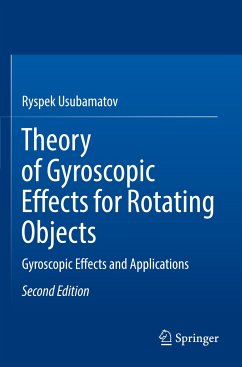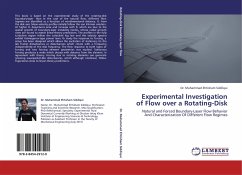
Experimental Investigation of Flow over a Rotating-Disk
Natural and Forced Boundary-Layer Flow Behavior And Characterization Of Different Flow Regimes
Versandkostenfrei!
Versandfertig in 6-10 Tagen
32,99 €
inkl. MwSt.

PAYBACK Punkte
16 °P sammeln!
This book is based on the experimental study of the rotating-disk boundary-layer flow. In the case of the natural flow, different flow regimes are identified as a function of nondimensional distance, R, from the disk axis. Mean-velocity profiles initially follow the von Kármán solution. At higher R, departures arise and increase with R, which are due to the spatial growth of boundary-layer instability modes, whose radial growth rates are found to match linear-theory predictions. The profiles in the fully turbulent region follow the turbulent log law and the velocity spectra exhibit Kolmogoro...
This book is based on the experimental study of the rotating-disk boundary-layer flow. In the case of the natural flow, different flow regimes are identified as a function of nondimensional distance, R, from the disk axis. Mean-velocity profiles initially follow the von Kármán solution. At higher R, departures arise and increase with R, which are due to the spatial growth of boundary-layer instability modes, whose radial growth rates are found to match linear-theory predictions. The profiles in the fully turbulent region follow the turbulent log law and the velocity spectra exhibit Kolmogorov-type power laws. To study the response to forcing, a setup has been designed which allows the excitation of stationary (in the lab frame) disturbances or disturbances which rotate with a frequency independently of the disk frequency. The flow response to both types of forcing and two forcing element geometries was studied. Stationary forcing produces a wake which decays with distance from the element, in agreement with theory. Forcing due to rotating elements can generate growing wavepacket-like disturbances, which although nonlinear, follow trajectories close to linear-theory predictions.



